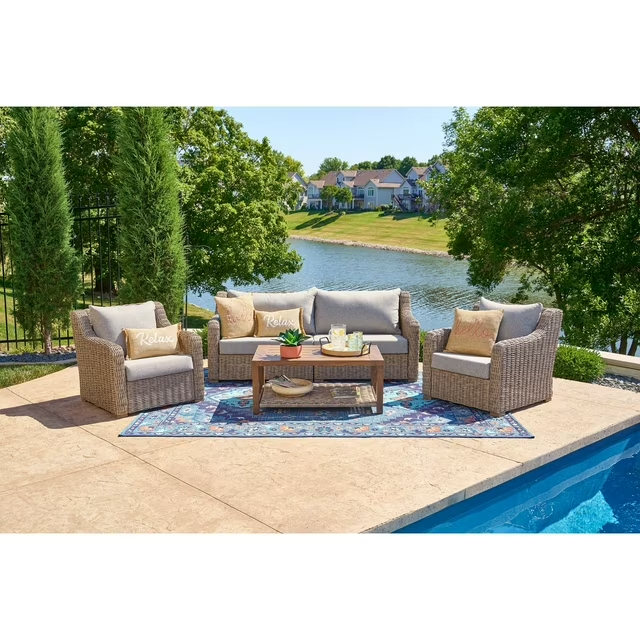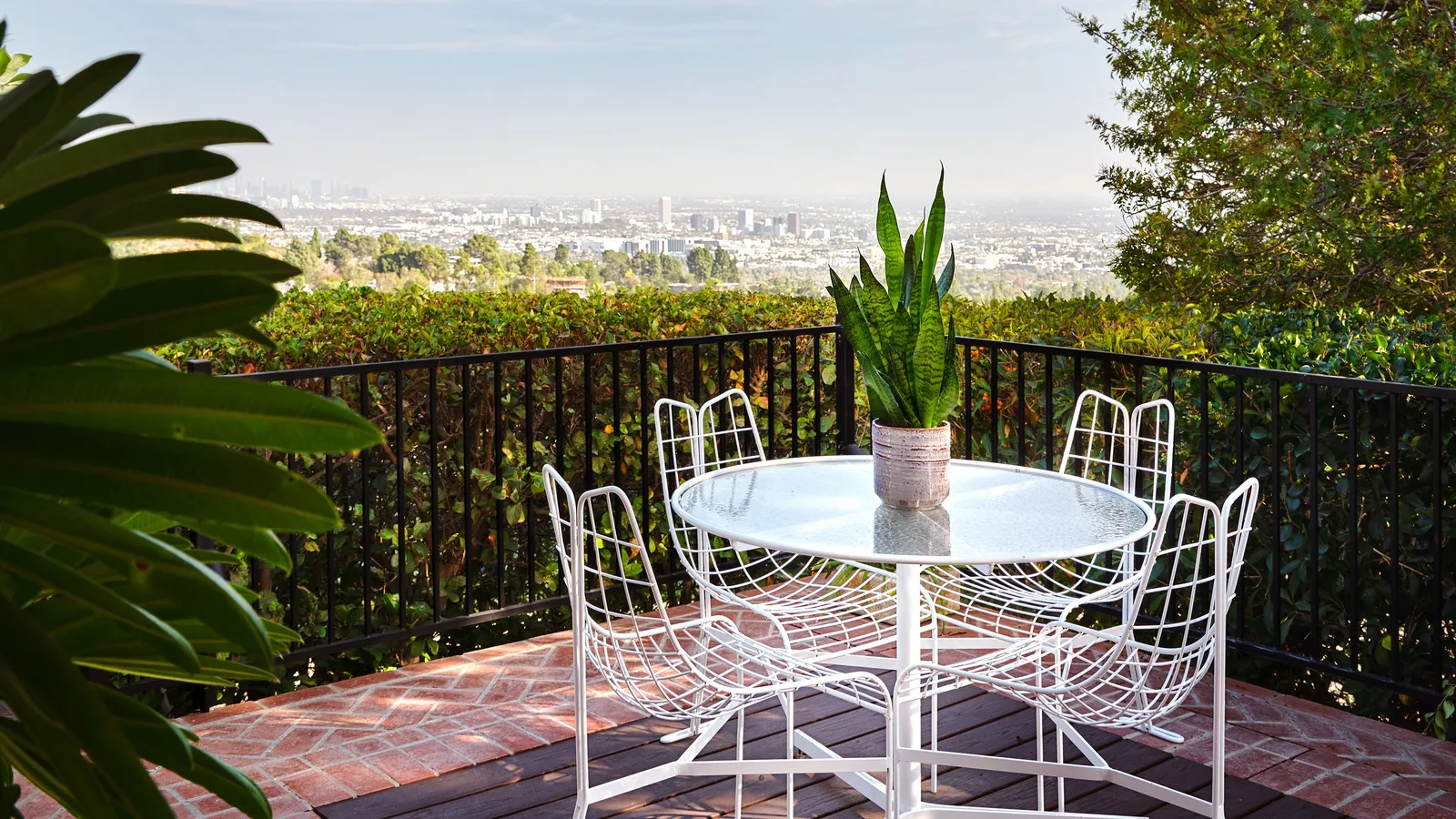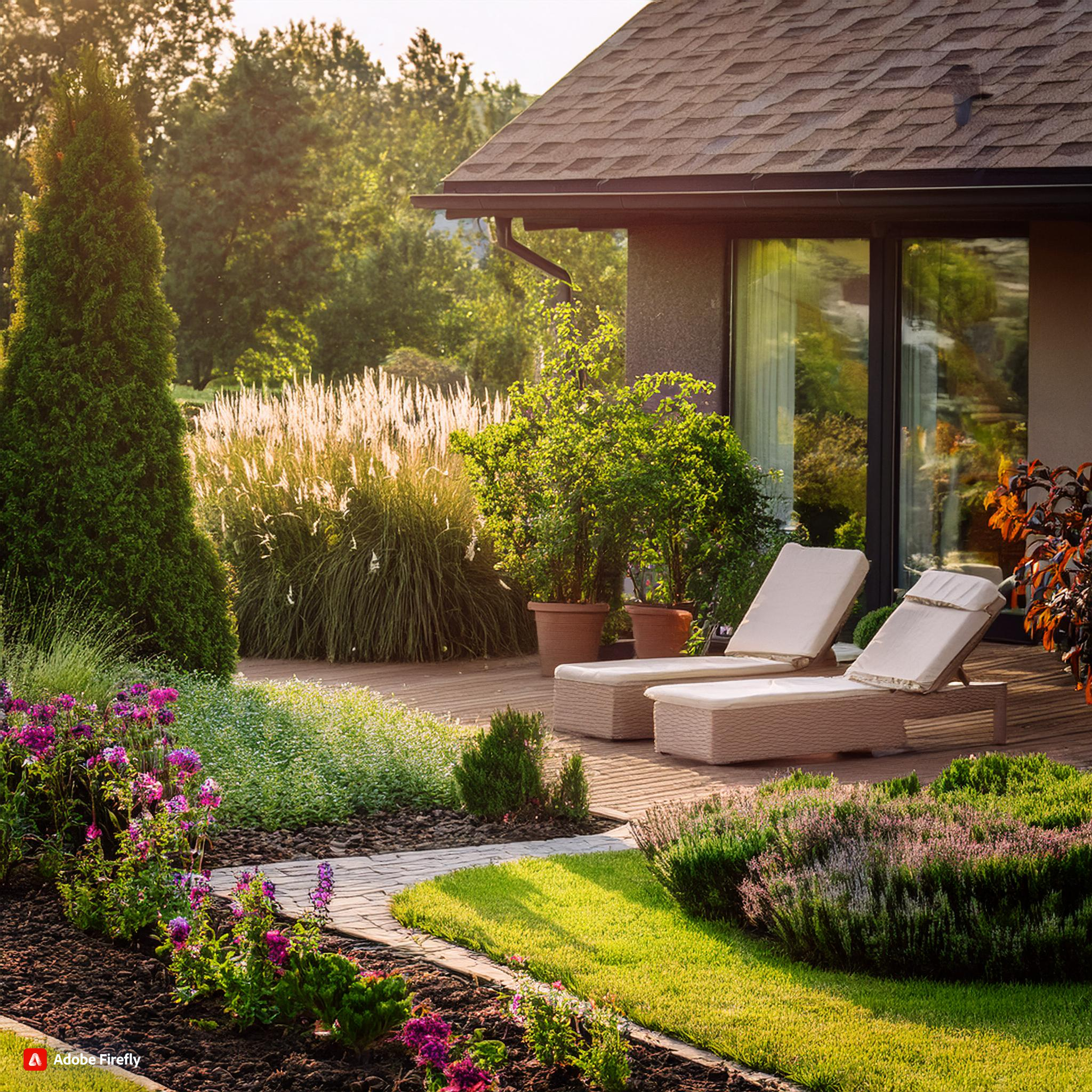As climate change continues to impact our environment, homeowners are increasingly seeking ways to adapt their outdoor spaces to be more resilient, sustainable, and functional. In 2025, climate-resilient backyard designs are not just a trend—they’re a necessity. This article explores innovative ideas for creating a backyard that thrives in the face of climate challenges while maintaining aesthetic appeal.
1. Drought-Tolerant Landscaping
With water scarcity becoming a growing concern, drought-tolerant landscaping is a cornerstone of climate-resilient backyard designs. Incorporate native plants, succulents, and xeriscaping techniques to reduce water usage. Plants like lavender, agave, and ornamental grasses not only survive dry conditions but also add texture and color to your outdoor space.
Pro Tip: Use mulch to retain soil moisture and prevent erosion, ensuring your garden stays lush even during dry spells.

2. Permeable Hardscaping
Traditional concrete and asphalt contribute to water runoff and heat retention. In 2025, permeable paving materials like gravel, permeable concrete, and interlocking pavers are gaining popularity. These materials allow rainwater to seep into the ground, reducing flooding and replenishing groundwater supplies.
Stylish Design Idea: Create a chic patio using permeable pavers in geometric patterns, paired with drought-resistant plants for a modern, eco-friendly look.
3. Rainwater Harvesting Systems
Integrate rainwater harvesting systems into your backyard design to collect and store rainwater for irrigation. Install rain barrels or underground cisterns connected to your gutters. This not only conserves water but also reduces your utility bills.
Design Tip: Use decorative rain barrels or incorporate them into a vertical garden for a functional yet stylish addition.
4. Shade Structures and Cooling Features
As temperatures rise, creating shaded areas is essential for comfort and energy efficiency. Install pergolas, shade sails, or retractable awnings to provide relief from the sun. Pair these with cooling features like misting systems or a small water feature to lower the ambient temperature.
Stylish Touch: Choose shade structures made from sustainable materials like bamboo or reclaimed wood for an eco-conscious design.
5. Edible Gardens and Food Forests
Climate-resilient backyards in 2025 are not just about aesthetics—they’re about functionality. Incorporate edible gardens or food forests with fruit trees, berry bushes, and vegetable beds. These gardens provide fresh produce, reduce your carbon footprint, and promote biodiversity.
Design Idea: Use raised beds or vertical planters to maximize space and create a visually appealing layout.
6. Solar-Powered Lighting and Features
Harness the power of the sun by incorporating solar-powered lighting and features into your backyard. Solar path lights, string lights, and even solar-powered water features are energy-efficient and cost-effective.
Stylish Tip: Opt for sleek, modern solar lights that double as decorative elements, enhancing your backyard’s ambiance at night.
7. Wildlife-Friendly Habitats
Climate-resilient designs prioritize biodiversity. Create habitats for pollinators like bees and butterflies by planting native flowers and installing bird feeders or bat houses. A thriving ecosystem in your backyard helps combat climate change and supports local wildlife.
Design Idea: Add a small pond or water feature to attract frogs, dragonflies, and other beneficial creatures.
8. Fire-Resistant Landscaping
In areas prone to wildfires, fire-resistant landscaping is crucial. Use fire-resistant plants like rockrose, aloe, and hedging roses, and keep flammable materials away from structures. Incorporate stone pathways and gravel beds to create natural firebreaks.
Stylish Design: Combine fire-resistant plants with decorative rocks and boulders for a rugged, natural look.
9. Smart Irrigation Systems
Upgrade to a smart irrigation system that uses weather data and soil sensors to optimize watering schedules. These systems reduce water waste and ensure your plants receive the right amount of moisture.
Pro Tip: Pair your smart irrigation system with a rain sensor to automatically adjust watering during rainfall.
10. Recycled and Upcycled Materials
Sustainability is key in 2025 backyard designs. Use recycled or upcycled materials for furniture, planters, and decor. Old pallets can become garden benches, while reclaimed bricks can create charming pathways.
Stylish Idea: Incorporate upcycled metal art or sculptures as focal points in your backyard.
Here are some experts and organizations in the fields of climate-resilient landscaping, sustainable design, and eco-friendly backyard solutions that you can consult or follow for more insights and inspiration:
1. Landscape Architects and Designers
- Piet Oudolf: A renowned landscape designer known for his sustainable, naturalistic planting designs. His work emphasizes native plants and ecological resilience.
- Thomas Rainer: A landscape architect and author specializing in ecologically functional and climate-resilient garden designs.
- Margie Ruddick: An advocate for sustainable urban landscapes and author of Wild by Design, focusing on integrating nature into urban spaces.
2. Organizations and Institutions
- American Society of Landscape Architects (ASLA): Offers resources and case studies on climate-resilient design and sustainable landscaping practices.
- Sustainable Sites Initiative (SITES): Provides certification and guidelines for sustainable landscape design, including water conservation and biodiversity.
- The Xerces Society: Focuses on pollinator conservation and creating wildlife-friendly habitats in backyards and urban spaces.
- Permaculture Research Institute: Offers resources on permaculture design, including food forests and water-efficient gardening.
3. Authors and Thought Leaders
- Doug Tallamy: Author of Nature’s Best Hope and Bringing Nature Home, he advocates for native plant gardening to support biodiversity and climate resilience.
- Toby Hemenway: Author of Gaia’s Garden, a guide to permaculture and sustainable backyard ecosystems.
- Eric Toensmeier: Author of The Carbon Farming Solution, focusing on regenerative agriculture and edible landscapes.
4. Sustainability Consultants
- Green Building Councils (e.g., USGBC): Offer expertise on sustainable outdoor spaces, including LEED certification for landscapes.
- Rainwater Management Experts: Companies like Rainwater Management Solutions specialize in rainwater harvesting and stormwater management for residential properties.
- Solar Landscape Lighting Experts: Companies like Solatube or Sunforce provide solar-powered lighting solutions for eco-friendly backyards.
5. Online Resources and Platforms
- Gardenista: A website offering design ideas and tips for sustainable and stylish outdoor spaces.
- Houzz: Features articles and profiles of landscape architects specializing in climate-resilient designs.
- YouTube Channels:
- Epic Gardening: Focuses on sustainable gardening practices.
- Permaculture Principles: Offers tutorials on permaculture and resilient garden designs.
6. Local Experts
- University Extension Programs: Many universities (e.g., UC Davis, Cornell) have extension programs that provide region-specific advice on climate-resilient gardening.
- Local Nurseries and Garden Centers: Often employ experts who can recommend native plants and sustainable practices tailored to your area.
By consulting these experts and resources, you can gain deeper insights into creating a climate-resilient backyard that is both functional and stylish. Whether you’re looking for design inspiration, technical advice, or ecological expertise, these sources will guide you toward a sustainable outdoor space in 2025 and beyond.
Conclusion
Climate-resilient backyard designs for 2025 are all about blending sustainability, functionality, and style. By incorporating drought-tolerant plants, permeable hardscaping, rainwater harvesting, and other eco-friendly features, you can create an outdoor space that not only withstands climate challenges but also enhances your quality of life. Embrace these innovative ideas to transform your backyard into a resilient, stylish oasis that benefits both you and the planet.


